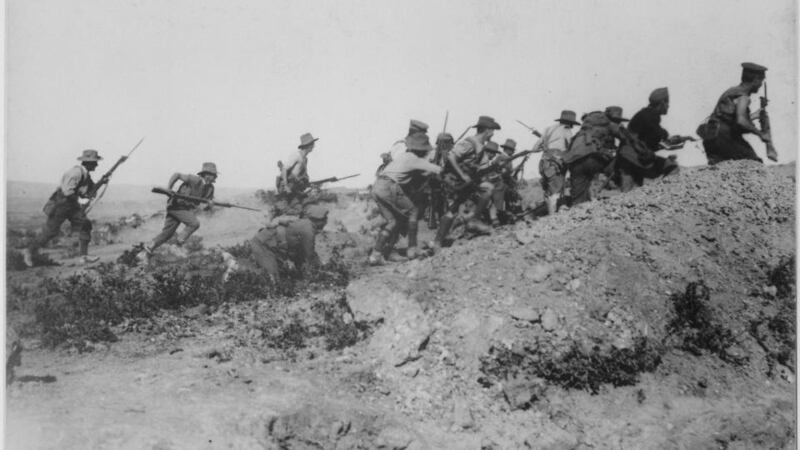This time 100 years ago, Winston Churchill, First Lord of the Admiralty (in effect, the political boss of Britain's Royal Navy), had an idea. In October 1914, the Ottoman Empire, allied to Germany, had closed the Dardanelles to British and French shipping, and to ships of any other countries supporting them in the first World War.
“A good army of 50,000 men and sea power – that is the end of the Turkish menace,” Churchill pronounced with the sort of certitude that served him well in later life, but not so on this occasion. Holding to his assertion over the following year cost the lives of about 100,000 men (estimates vary), plus about a quarter of a million wounded.
Churchill’s plan was simple: push the Royal Navy through the Dandanelles and into the Sea of Marmara. From there, the fleet could approach Istanbul and bombard it into submission thereby (a) knocking Turkey out of the war; (b) opening a safe supply route to Britain’s ally, Russia; and (c) allowing for the opening of a southern front in the war with Germany, thus stretching Berlin’s efforts at the Western Front in France and Belgium.

Despite being advised in January 1915 that ships alone could not force the Dardanelles, Churchill pressed ahead*.
Following a February naval bombardment of Turkish shoreline batteries, which failed to knock out mobile guns, Carden told Churchill he could be in Istanbul in 14 days and the order was given to rush the strait**.
And so, on March 18th, 1915, phase one of the Gallipoli campaign began when a joint British-French naval task force tried to force its way through the narrow gap between Canakkale on the coast of Asia Minor and Kilitbahir, immediately opposite on the southern coast of the Gallipoli peninsula. But 11 rows of mines lay in their way and at least 16 shoreline batteries had not been silenced by the February bombardment.
In the ensuing mêlée, 19 Allied ships were sunk, including major vessels such as HMS Irresistible, HMS Ocean, and the French battleship Bouvet; along with eight Allied submarines. A total of 700 Allied crew were killed.
British and French fled
Defeated, the British and French fled, thus ending phase one of the Dardanelles Campaign.
They retired to the Greek islands of Limnos and Lesbos from where they began preparing for a land invasion of Gallipoli, still with the aim of capturing the peninsula and Canakkale opposite, thereby securing safe passage through the narrows.
Phase two began on April 25th, 1915, with simultaneous landings by British forces on V Beach (Seddülbahir) at Cape Helles, the extreme south-eastern tip of the peninsula; while French forces landed at Morto Bay, just east of the cape; and a joint Australia-New Zealand Army Corps (Anzac) force landed at Ari Burnu, just around the corner from the cape, up the northern coast of the peninsula, a place forever after known as Anzac Cove.
Phase three began on August 6th, 1915, with British landings at Suvla Bay, north of Anzac Cove, and simultaneous pushes aimed at expanding territory held at Cape Helles, and inland from Anzac Cove, since the April landings at both locations.
All three phases failed ultimately, from the Allied point of view. From a Turkish perspective, however, they were stunning, nation-building victories still celebrated to this day.
Phase four – the retreat – is the only phase that can reasonably be described as an Allied success. On December 19th and 20th, Allied troops were evacuated from Anzac and Suvla. On January 8th and 9th, the same occurred at Cape Helles.
In both operations, there was no loss of Allied life. *Admiral Sir Sackville Hamilton Carden, commander of the British squadron operating in the Mediterranean 1914, cable reply to Churchill, January 5th, 1915 **Fromkin, David – A Peace to End All Peace: The Fall of the Ottoman Empire and the Creation of the Modern Middle East; Henry Holt and Co, New York, 1989
– Peter Murtagh









